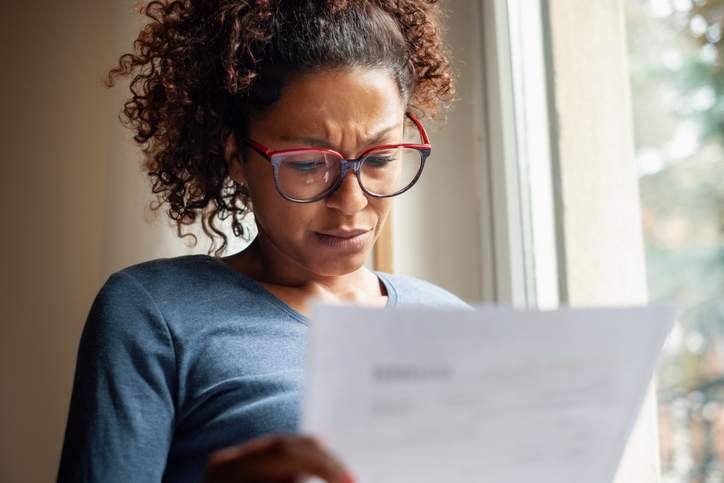As the COVID-19 pandemic continues, Americans are getting tested, visiting health care providers and being hospitalized more than ever before. That means more of us are receiving medical billing statements. Whether for a simple procedure or a multi-day hospital stay, reading medical bills can be frustrating and confusing for those who don’t do it very often. Not all medical bills will be set up exactly the same way, but most contain many of the same elements. Take a look at what all those terms mean and learn how to read medical billing statements. 
Statement Date: This is the date the statement is mailed, not the date(s) of treatment.
Account Number: This is a unique account number assigned only to you. You’ll want to refer to the account number any time you call in with billing questions, or when you make a payment.
Service Date: This is the date or dates the services were performed. If you stay in the hospital multiple days, there will be several different dates.
Description: Usually a short phrase describing the procedure performed and/or supplies used.
Service Code(s): Not all providers include these on their bills. Service codes are standardized codes used within the industry to indicate specific procedures and supplies.
Charges: The full price of services or supplies. This does not take any insurance into account.
Billed Charges: The total amount billed to you or your insurance provider.
Adjustment: The amount the provider has chosen not to charge.
Insurance Payments: If you have health insurance, this is the amount your provider has already paid. NOTE: You will also receive an Explanation of Benefits (EOB) from your insurance company detailing what they have already covered. Be sure to compare the billing statement and EOB to ensure they are consistent.
Patient Payments: The full amount you are now responsible for paying.
Balance/Amount Due: The amount currently owed to the healthcare provider
Payable To: If you are paying by check, make it out to this entity.
Although reviewing medical billing statements can seem overwhelming, it’s important to open and read them as soon as they arrive. Clear communication is key. If you see mistakes, have questions, or need to make payment arrangements, call the billing office right away. The sooner you call, the more options you will have available to you.





